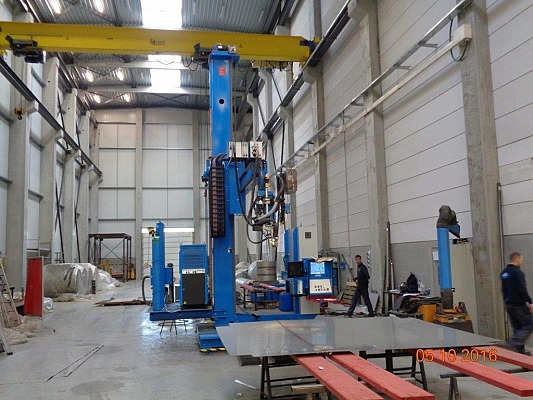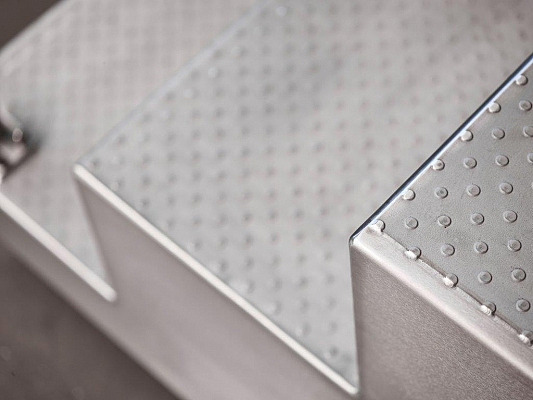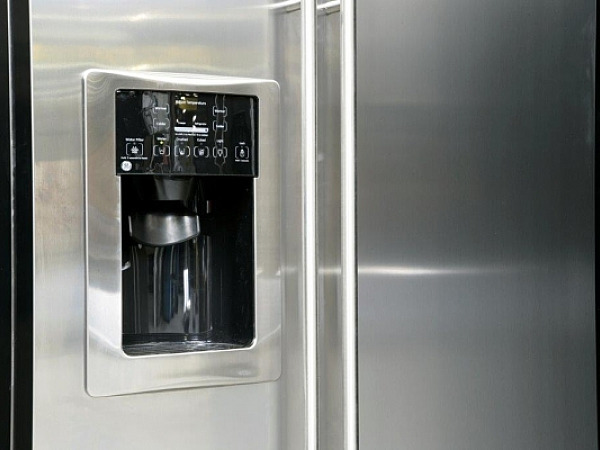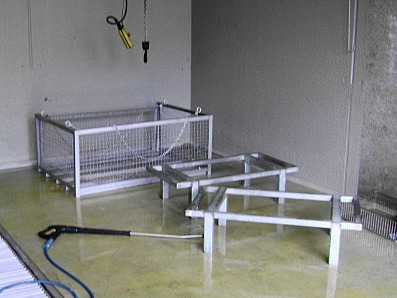Passivation
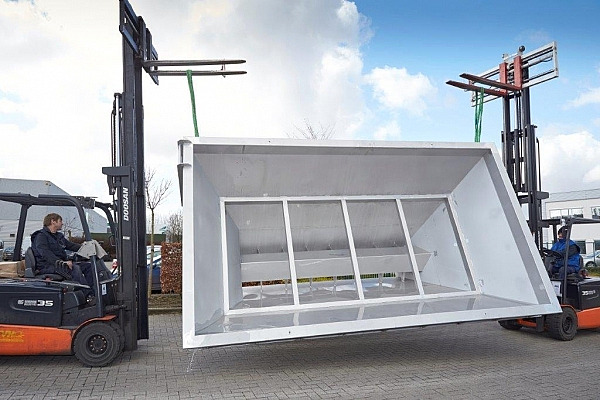
Customers often ask us for the ‘passivation’ or ‘chemical passivation’ of their products, while they actually mean pickling.
Passivation without pickling is not helpful. Passivation is in fact the process of forming the self-repairing layer of active stainless steel that comes in contact with the air. Suppose you cut through a 5 mm sheet. After being cut, the sheet’s 5 mm cross-section becomes ‘free’ for the first time, as the self-repairing corrosion-resistant layer of the stainless steel has not yet formed. It takes a few hours and this is a process that only starts when the bare material is exposed to the air. The process is called passivation, and can be accelerated with the help of a passivation product, but this will only speed up the process.
What customers often mean is pickling and passivation. Pickling consists in applying an acid (often by immersion), which has the effect of cleaning the stainless steel and taking away a tiny layer of material. The material is active again as a result of pickling and must be passivated once more after the process.
